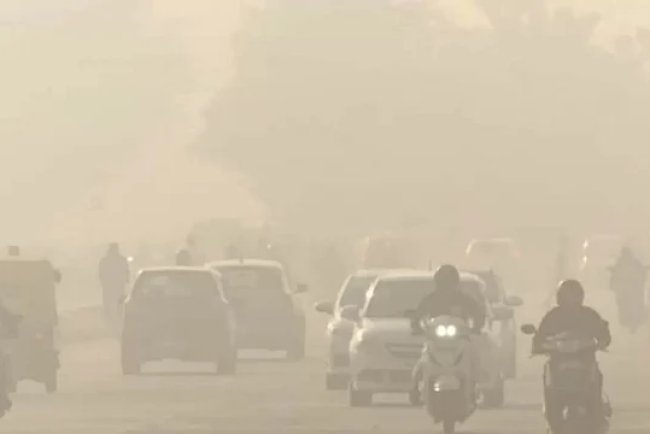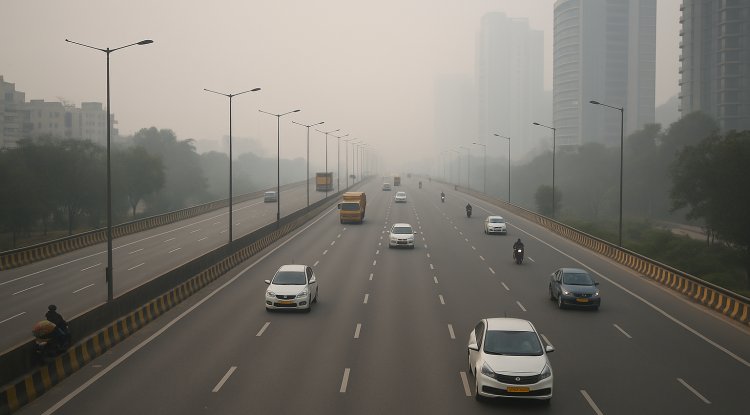Global Energy Transition Faces Challenges in 2025
The global energy transition in 2025 faces challenges from rising demand, supply chain disruptions, and climate impacts, requiring accelerated investment in renewables, per WEF and IEA reports.Discover the challenges facing the 2025 global energy transition, including supply chain issues and climate impacts, and the need for renewable energy investment, per WEF and IEA.

The global shift to renewable energy sources in 2025 is under strain, as rising demand, supply chain disruptions, and climate impacts create obstacles, according to the World Economic Forum (WEF) and International Energy Agency (IEA).
The transition from fossil fuels to renewables like solar, wind, and green hydrogen is essential to meet climate targets, but 2025 reveals significant hurdles. Global energy demand is growing due to population increases, industrial expansion, and technology adoption, particularly in emerging economies. Supply chain constraints, especially for critical minerals like lithium, cobalt, and rare earths, limit the production of solar panels, wind turbines, and batteries.
Geopolitical tensions, including trade restrictions and conflicts, disrupt access to these materials, with countries like China dominating mineral supplies. Climate change exacerbates challenges, with extreme weather events like hurricanes and droughts damaging power infrastructure and reducing hydropower output in regions like South Asia and South America. The WEF emphasizes the need to balance energy affordability, reliability, and sustainability, as high energy costs strain households and businesses.
Fossil fuels still account for over 75% of global energy consumption, despite renewable investments reaching record levels. Developing nations face unique challenges, requiring affordable financing and technology transfers to adopt clean energy without slowing economic growth. For example, India and African nations need scalable solutions to meet rising electricity demands while reducing emissions. Innovations like advanced energy storage, smart grids, and carbon capture are progressing but lag behind the pace needed to achieve Paris Agreement goals by 2050. The IEA notes that global renewable capacity grew by 10% in 2024, yet coal and gas usage also rose to meet demand spikes. Policy support, such as subsidies for renewables and carbon pricing, is critical but varies widely across countries.
Grid modernization is another bottleneck, as aging infrastructure struggles to integrate intermittent renewable sources. Investment in research and development, estimated at $1.2 trillion globally in 2024, must accelerate to overcome these barriers. Collaboration between governments, industries, and international organizations is key to addressing supply chain and climate challenges.
Conclusion
The global energy transition in 2025 faces pressures from rising demand, supply constraints, and climate impacts. Faster investment, innovation, and international cooperation are needed to build sustainable energy systems.
Source : Outlook Business:
What's Your Reaction?

















